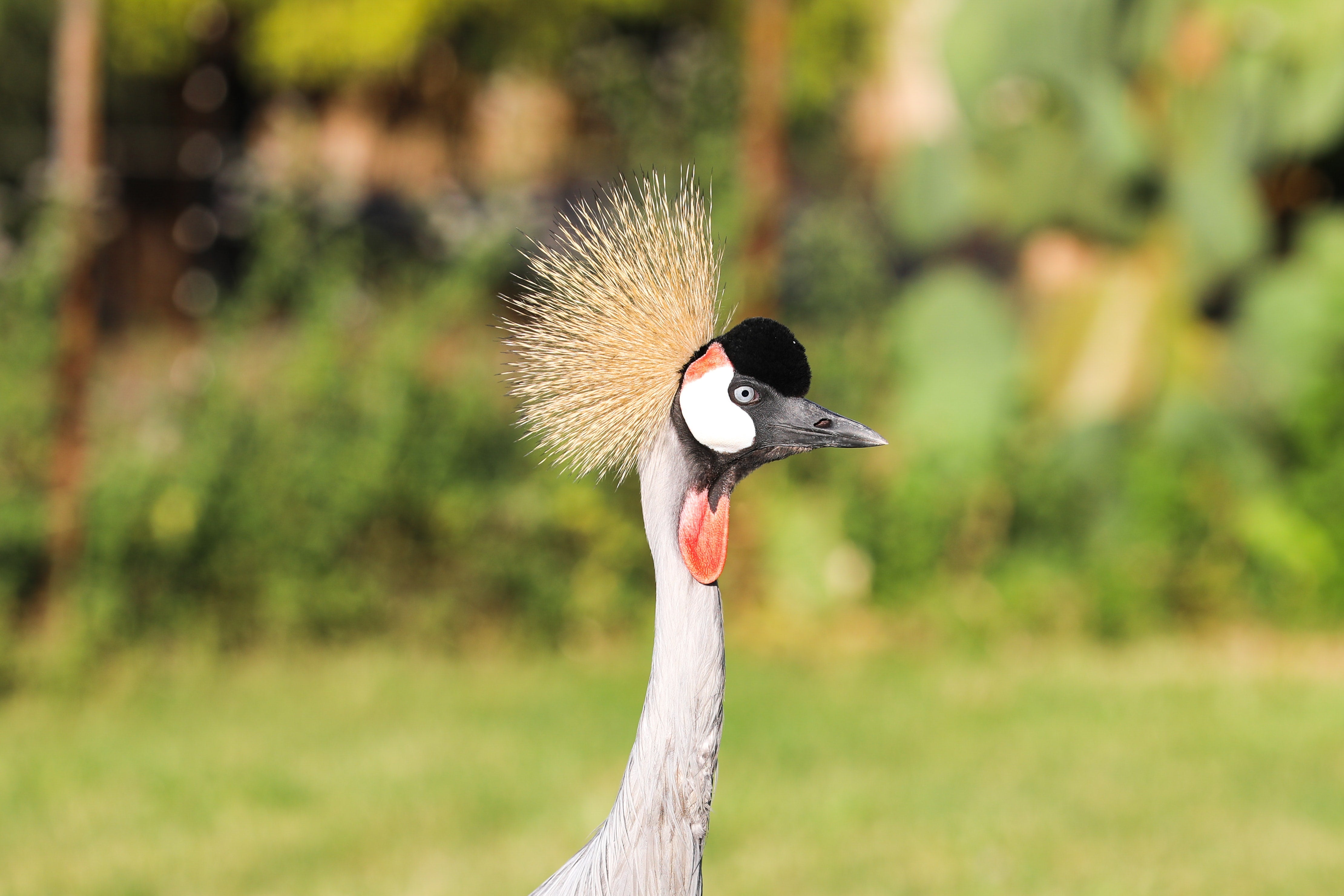Grey-crowned cranes are disappearing fast from Kenya’s wetlands
Habitat loss, poisoning and recreational demand cited the among reasons for shrinking populations

The rising demand for grey-crowned cranes in recreational parks, hotels and homes is fast contributing to the disappearance of the birds in their wild habitats.
The demand has seen the rise of illegal theft of chicks and eggs, threatening the survival of the birds, which in previous years graced Kenya’s wetlands in droves.
Coupled with disappearing habitats, poisoning and electrocution, Kenya’s grey-crowned crane population remains highly threatened.
“In 1975, the population of the birds was estimated at 35,000 and by March 2019, the numbers had plummeted to around 10,000.”
“This represents about a 70 per cent decline in 34 years,” Mr Wanyoike Wamiti, a researcher at the National Museums of Kenya, said.
Although it is against the Kenya Wildlife Service (KWS) laws to poach eggs and chicks of the bird, the crime is listed by researchers as one of the biggest threats to the birds’ survival.
“The demand for grey-crowned cranes is a big threat to their survival... urgently needs to be controlled. People hunt their eggs and take their chicks. Raising them in captivity does not help either,” Mr Wamiti said.
While grey crowned cranes are poor breeders in captivity, grazing of livestock in their key breeding grounds has also been cited as a major challenge.
“Tens of eggs are trampled on by herds that flock these wetlands,” he added.
The shrinking habitats resulting from reclamation of swamps that were key to their survival as well as effects of climate change on their key breeding areas like Lake Ol Bolossat and wetlands in Uasin Gishu, Nandi and Trans Nzoia also remains a key threat.
And now researchers have embarked on a ringing programme that will help unravel the lives of little known graceful crowned birds.
The ringing programme is expected to inform on their distribution, study their movements, determine regional populations, mortality and other aspects of their natural history such as age at first pairing and breeding.
“We want to know even the lifespan of these birds. Previous research that was conducted many years ago noted the bird lived for up to 25 years in the wild but our recent studies has shown they can even live up to 35 years in the wild. There is much we will collect from this programme,” Wamiti added.
The initiative is a joint effort between local and international organisations including National Museums of Kenya, Kenya Wildlife Service, Nature Kenya, Nature and Biodiversity, Bird Life International, and Cranes Conservation Germany.
“Research has helped a lot in understanding the pressures these birds face. Previously, there were serious knowledge gaps on where the birds breed, feed and rest but recent research has helped us understand all these.
“The current ringing programme will help generate more information on their movement patterns at different seasons for purposes of conservation,” he added.
This article is reproduced here as part of the Space for Giants African Conservation Journalism Programme, supported by the major shareholder of ESI Media, which includes independent.co.uk. It aims to expand the reach of conservation and environmental journalism in Africa, and bring more African voices into the international conservation debate. Read the original story here.
Join our commenting forum
Join thought-provoking conversations, follow other Independent readers and see their replies
Comments